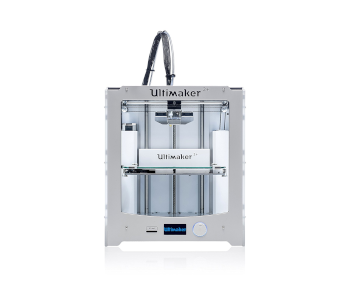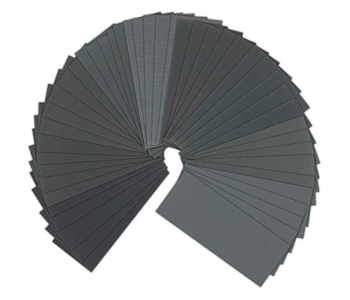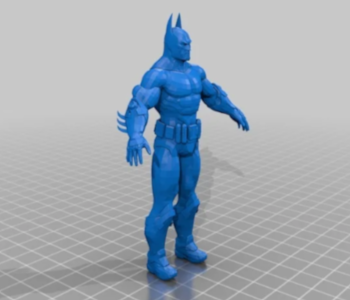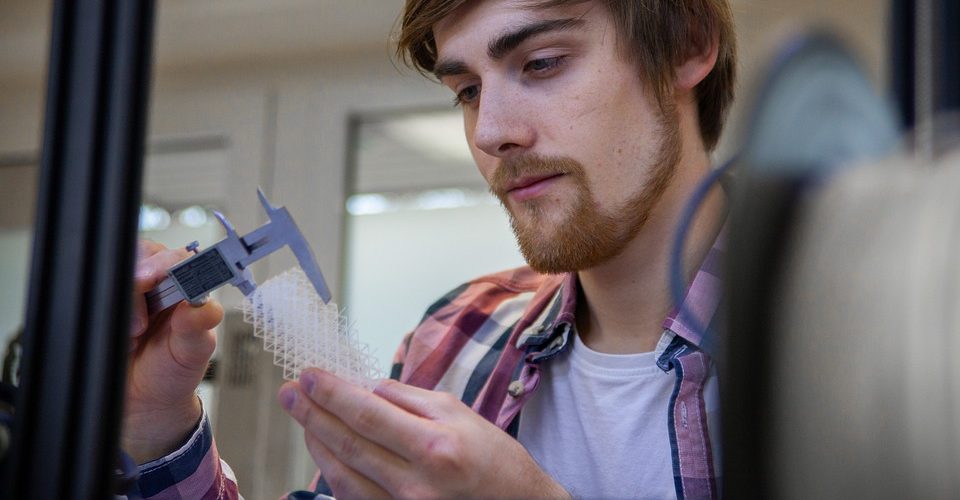What Are the Essential Skills for a Career in 3D Printing?
3D printing has often been described as the future of manufacturing. While it may not outright the more traditional manufacturing techniques, there is no doubt that 3D printing has earned its place in a more modern industry that emphasizes flexibility and customization.
This also means that there is a growing demand for professionals who are well-versed in 3D printing technology. This could potentially be a very lucrative career in the coming years. If you’re interested in creating a career focused on 3D printing, then here are some skills you may want to develop.
Machine Operation

The most basic requirement for working around 3D printing is being able to operate them in a manner that is safe and efficient, both for the users and the machine. This includes being able to work with a variety of different 3D printing technologies, printing parameters, and materials. Extensive hands-on experience is crucial in developing this skill, ideally augmented with some formal training.
Take note that operating a 3D printer does not just mean being able to handle the hardware. Since 3D printing is a highly automated process, understanding the slicer software and the 3D printer firmware is equally as important.
Maintenance and cleaning are some of the other main responsibilities of a 3D printing machine operator. This is crucial in ensuring that the 3D printer works as expected and does not cause any significant disruptions in the workflow. If something does go wrong, it is beneficial for the machine operator to be able to do basic troubleshooting and repairs. This means having a deep understanding of how the 3D printer and all its components work together to achieve your manufacturing objectives.
CAD Modeling and 3D Design
All 3D printed products start from digital 3D models. While casual and hobby 3D printing can get by with downloaded 3D models, businesses and professionals will need to come up with models that are original and serve their client’s needs. This is where a 3D modeler or designer comes in.
3D modelers are responsible for receiving the ideas for 3D printed products and turning them into digital models. This could be for engineered parts that require precise measurements or more creative products such as action figures or ornaments. In any case, being a successful 3D modeler or designer requires having expertise in using 3D design tools and programs.
One of the main advantages of 3D printing is the speed at which ideas can turn into physical products. The 3D designer plays a central role in this process. They must be able to accommodate design ideas and this may involve integrating design changes that result from client input or collaboration with other stakeholders.
As mass-produced 3D-printed products become more common, there will continue to be a growing demand for 3D modelers. If there is a single skill that could make entry into the 3D printing industry easier, then it is likely the ability to make bespoke 3D models from scratch.
Post-Processing and Surface Finishing

3D printed products are rarely considered finished products when they come out fresh off the 3D printer. Regardless of 3D printing technology, there is significant work needed to post-process these products to bring them to a professional level of quality.
There is a range of different post-processing techniques used in 3D printing. This can include sanding, powder removal, cutting off parts and pieces, polishing, annealing, or UV treatment. There is not a single method that can apply to all 3D printing applications.
Although not technically demanding, taking over the post-processing of 3D printed products requires expertise in handling tools. Post-processing is one of the steps in the 3D printing workflow that is still done mostly manually. This means that you will need to be comfortable working with your hands while maintaining both quality and productivity.
Materials Science and Engineering
The use of different materials is at the forefront of innovations in 3D printing. Resin and other plastics have become incredibly common, especially in hobbyist circles. The use of different types of metals has also become a standard for professional applications, especially in engineering and machine parts. However, there is no shortage of ideas for more innovative materials for 3D printing.
Many 3D printing companies around the world have dabbled in using more sustainable materials. Examples include wood, clay, plant material, or recycled plastic. These are all attempts to make 3D printing more environment-friendly and palatable to the modern market.
On other fronts, some companies and research institutions have been able to use very unconventional materials for 3D printing. For instance, a research team at MIT has been working on developing a machine that can 3D print glass. If this becomes feasible at a commercial scale, 3D printed glass can revolutionize the jewelry and ornaments industry.
3D printing food is also one of the more persistent areas of interest. Chocolate 3D printers have existed for a while now, so have 3D printers that can make fancy candies by directly extruding sugar. 3D printers that can make entire meals have been a pipe dream for a long while now and are a topic that seems to be revived every few years.
Developing new materials for 3D printing requires a blend of creativity and technical expertise. Someone with this proficiency is also better equipped to select a material based on the requirements of the intended application. Does the material shrink or contract when subjected to extreme temperatures? What is its maximum tensile strength and yield strength?
Product and Business Development

If you’re really creative, you can come up with ideas on how 3D printed products can be profitable. A little bit of technical skill is useful for this type of job, but what matters more is having a mindset of innovation and entrepreneurship.
Product development is essentially coming up with ideas for new products that cater to an existing market. Conversely, it can also pertain to coming up with a completely new product and creating a market that did not exist previously.
In this sense, a 3D printing business is just like any other business. To grow a client or customer base, there has to be someone constantly looking for opportunities. If you sell directly to consumers, this can be as simple as coming up with new products based on popular trends.
Higher-end 3D printing companies may benefit from offering their services to specific industries such as healthcare and manufacturing. There can also be opportunities to provide training or education in institutions, especially now that 3D printing and rapid prototyping are being considered some of the newest professional skills.
Patent Laws
If your company makes your own designs, then you should take steps to protect your intellectual property. This can also work the other way, as similar designs can make any 3D printing company vulnerable to allegations of intellectual property theft. The legal landscape of 3D printing is still very messy right now, so companies need to have an expert on patent laws, intellectual property ownership, licensing, and scope of rights.
Of course, legal knowledge is not nearly enough if you plan to have a career in 3D printing. Knowing the fundamentals of 3D design and 3D printing are still needed to implement IP protection mechanisms. Lawyers will be more equipped to provide counsel for 3D printing companies if they can learn about the more technical side of the business.
Final thoughts
3D printing has become a lot more popular in the past years, but it is yet to break out as a mainstream industry. If you’re looking for new career opportunities or skills to develop, then you should really consider learning about 3D printing. This is still a relatively young industry that can offer lots of opportunities.
You don’t need to be an expert in 3D printing to have a career in this industry. You can be well-versed in patent laws or product development and still be considered an essential part of any 3D printing company. However, it certainly helps to dip your toes into the technology a bit.





